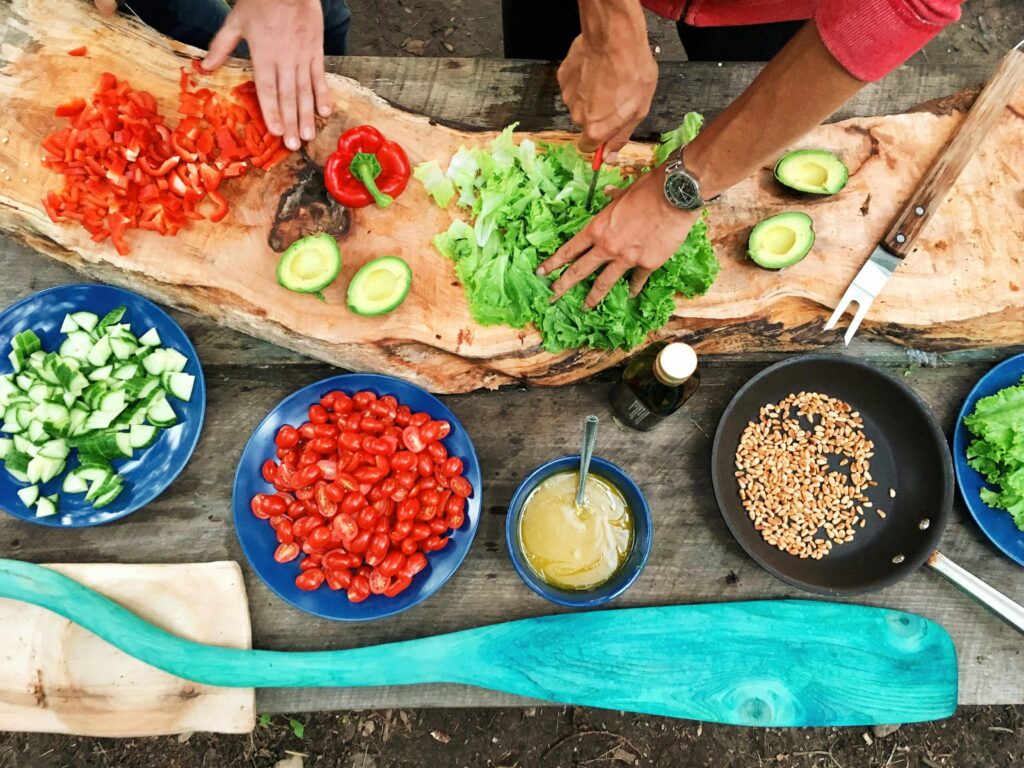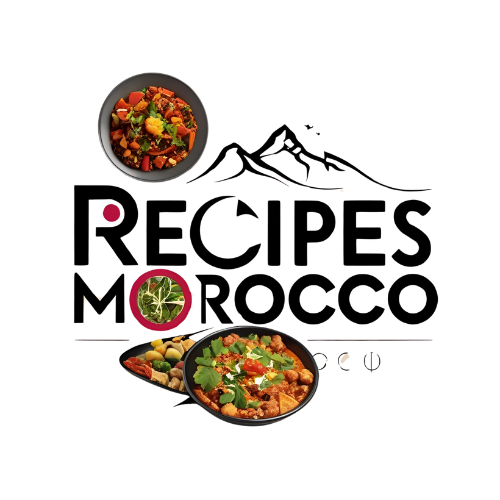The Complete Manual for Plant-Based Cooking

More than just a dietary preference, plant-based cuisine is a way of life that prioritizes eating whole, minimally processed foods that come from plants. This cooking method has become very popular because of its many health advantages, environmental sustainability, and mouthwatering variety of tastes. Knowing the basics of plant-based cooking can improve your culinary experience, regardless of whether you’re an experienced vegan, an inquisitive omnivore, or someone who just wants to eat more plant-based foods. This comprehensive guide will go over important ideas, methods, and recipes to enable you to fully enjoy the exciting world of plant-based cuisine. This thorough book intends to inspire and prepare you for your culinary adventure, covering everything from comprehending the advantages of a plant-based diet to learning fundamental cooking methods and discovering various cuisines.
Knowledge of Plant-Based Diets
Fruits, vegetables, whole grains, legumes, nuts, and seeds are among the foods that make up a plant-based diet. Plant-based eating promotes the intake of whole foods while minimizing processed ones, despite its apparent similarities to veganism, which forbids the consumption of any animal products. A plant-based diet has been found to improve general health and well-being while lowering the risk of chronic illnesses like diabetes, heart disease, and some types of cancer. The diet is nutrient-dense and advantageous for weight management and digestion because it is high in fiber, vitamins, and minerals. Making informed food and health decisions is made possible by having a solid understanding of the fundamentals of a plant-based diet, which also serves as the basis for effective cooking.
Crucial Components for Cooking with Plants
Having the necessary plant-based products in your cupboard is key for cooking successfully. Whole grains like quinoa, brown rice, and farro are important mainstays because they give meals a substantial foundation. Excellent sources of protein, legumes like chickpeas, black beans, and lentils can be used to curries, salads, and stews. While healthy fats like avocados, nuts, and seeds enhance flavor and satiety, fresh and dried herbs, spices, and aromatics like garlic and onion give food depth. A colorful and nutrient-rich diet is also guaranteed when a range of fresh fruits and vegetables are included. Almond milk and nutritional yeast are two plant-based dairy substitutes that can improve the flavors and textures of meals. Gaining knowledge of these ingredients will enable you to prepare a variety of delectable meals.
Plant-Based Meal Preparation Methods
Gaining proficiency in a variety of cooking methods is crucial to enhancing plant-based meals. Vegetables can have their inherent flavors and textures enhanced by methods like sautéing, roasting, steaming, and grilling. Roasting veggies caramelizes their natural sugars, adding richness, while sautéing garlic and onions as a base for soups and sauces creates a tasty base. Greens are a fantastic addition to salads and stir-fries since steaming preserves their nutrients and flavors. Vegetables can be grilled to add a delicious smokey flavor that is ideal for summertime cooking. It’s also critical to learn how to prepare grains and legumes correctly; for instance, soaking beans beforehand helps shorten cooking times and increase digestibility. You may make a variety of tasty, nourishing, and fulfilling plant-based meals by becoming proficient in these methods.
Planning and Preparing Meals
Effective plant-based cooking requires careful meal planning and preparation, particularly for people with hectic schedules. You can maintain organization and make sure you have all the supplies you need on hand by taking the time to plan your meals for the coming week. To reduce waste and increase efficiency, start by choosing a few recipes that use comparable items. Roasted veggies, grains, and legumes prepared in bulk can serve as a reliable basis for a variety of meals all week long. You can also stay energized and full by preparing snacks like hummus, energy bites, or chopped vegetables. Additionally, you may prepare meals fast and avoid frequent shopping if you have a well-organized pantry. Planning meals well not only saves time but also promotes better eating practices, which makes maintaining a plant-based diet simpler.
Examining Proteins from Plants
Getting enough protein from plant-based diets is a widespread worry. Thankfully, a wide variety of plant-based protein sources are accessible. Excellent sources of protein, legumes like lentils, beans, and peas can be used to a wide range of recipes, including salads and soups. Made from soybeans, tofu and tempeh are flexible, high-protein choices that may be seasoned or marinated to enhance different flavors. Whole grains, nuts, and seeds are beneficial additions to your meals because they also provide protein. Plant-based protein powders can be added to baked goods or smoothies for convenience-seekers. You may easily achieve your nutritional needs while eating delectable meals if you understand and incorporate a variety of plant-based proteins.
Seasoning and Flavor Enhancers
A key component of plant-based cooking is flavor, and the correct seasonings can take a dish from mediocre to exceptional. Spices like cumin, coriander, and paprika offer depth and warmth, while fresh herbs like parsley, cilantro, and basil lend freshness. Acidic additives, such as vinegar or lemon juice, can enhance flavors and add vibrancy to food. You can find your preferred flavor profiles by experimenting with various herb and spice combinations. Furthermore, sauces and condiments like sriracha, miso, and tahini can make meals more interesting and complicated. Making plant-based meals that are both memorable and gratifying requires mastering the art of seasoning to balance flavors.
Plant-Based Breakfast Suggestions
There are many delectable plant-based breakfast options available, and breakfast is a crucial meal that establishes the tone for the day. Fruits, greens, and plant-based milk are blended to create smoothie bowls, which are a traditional option. Granola, nuts, and seeds are added for texture. Another easy alternative is overnight oats, which are made by simply soaking rolled oats in almond milk or yogurt overnight and then adding nuts, fruits, and spices the next day. Try a flavorful tofu scramble that is similar to classic scrambled eggs and is seasoned with turmeric, garlic, and veggies. Another wholesome and filling choice is chia seed pudding, which is created with chia seeds soaked in plant-based milk and garnished with nuts and fruits. These breakfast suggestions show off the variety of plant-based products while also offering vital nutrients.
Recipes for Lunch and Dinner
Plant-based cooking makes it fun to plan filling lunch and dinner options. Roasted veggies, chickpeas, and a lemon-tahini dressing can all be added to a robust quinoa salad, which makes a flexible foundation. Vegetable curry cooked with coconut milk and various spices can be eaten with naan or over brown rice for a hearty supper. Quinoa, beans, and spices stuffed within bell peppers make a tasty and substantial alternative. Zucchini noodles with homemade marinara sauce and fresh basil are another delicious recipe. For those who are in the mood for something quick, a stir-fry made with tofu and seasonal veggies can be made in a matter of minutes and offers a nutritious and colorful supper. These lunch and dinner recipes guarantee a healthy and fulfilling meal while showcasing the endless potential of plant-based cooking.
Desserts and Snacks
Plant-based sweets and snacks can be tasty and nourishing, providing a sweet delight without sacrificing health. Energy bites, which may be personalized with various flavors, are a quick and filling snack prepared with oats, nut butter, and seeds. Fruit salads or smoothies are a great way to fulfill sweet cravings while also getting vital nutrients in a refreshing way. Vegan brownies made with sweet potatoes or black beans provide a decadent, rich taste without the guilt. By adding maple syrup and chocolate powder, chia seed pudding can easily be made into a delicious dessert. Furthermore, mixing frozen bananas to make banana ice cream produces a delicious and creamy frozen delicacy devoid of added sugar. These desserts and snacks show that following a plant-based diet can be rewarding and pleasurable.
Overcoming Typical Obstacles
Making the switch to a plant-based diet might be difficult, but these difficulties can be resolved with the correct techniques. Making sure one is getting enough nutrition is a typical worry, especially with relation to protein, iron, and vitamin B12. You can readily satisfy your nutritional demands by varying the foods you eat and adding vitamins or fortified goods. Finding the time to cook is another difficulty. The process can be streamlined by using rapid recipes, mass cooking, and meal planning. During the change, it’s also critical to exercise patience and flexibility so that your taste can adjust to new flavors and components. The shift can be made easier and more pleasurable by participating in local or online communities, which can offer encouragement, support, and shared experiences. You can develop a prosperous and fulfilling plant-based lifestyle by taking proactive measures to solve these issues.
In conclusion
A universe of flavors, nutrients, and creative cooking possibilities arise when one adopts a plant-based diet. The concepts, methods, and recipes necessary for effective plant-based cooking have all been thoroughly covered in this definitive reference. You may prepare gratifying and nourishing meals that fit your lifestyle by learning the advantages of a plant-based diet, stocking your pantry with essential products, becoming proficient in a variety of culinary techniques, and sampling different cuisines. Plant-based cuisine has something to offer everyone, whether your goal is to eat better, lessen your influence on the environment, or just enjoy great food. You are prepared to set off on a rewarding culinary adventure that honors the diverse realm of plant-based food using the information and resources you have acquired from this guide.
